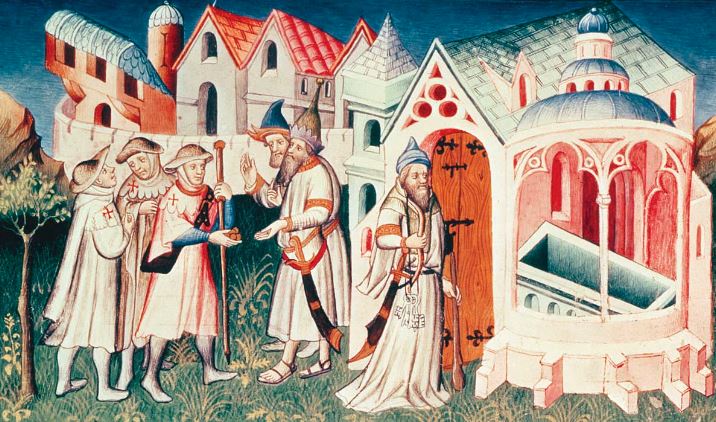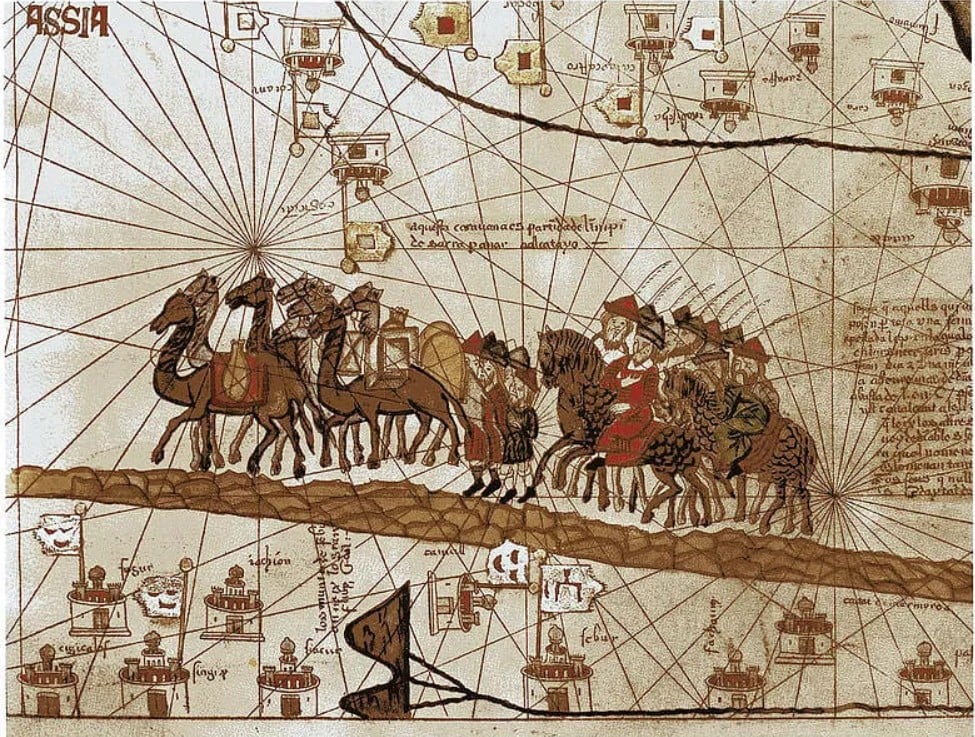
ADVERTISEMENT - CONTINUE READING BELOW
Not All Medieval Folk Were Homebodies Who Never Left Their Villages
Conventional wisdom has it that most medieval people seldom traveled far from where they were born. That is true, especially in the case of peasants and those who lived in the countryside. However, that was not unique to the Middle Ages. The same could be said for the majority of people throughout most of history, both before and after the medieval era, until relatively recently in the modern era. That should not be taken to mean that people back then never traveled: many of them did.

ADVERTISEMENT - CONTINUE READING BELOW
Pilgrimages to holy sites were quite popular in the Middle Ages. Chaucer’s Canterbury Tales, for example, revolves around pilgrims traveling from London to Saint Becket’s shrine at Canterbury Cathedral. That was a relatively short holy quest. Other pilgrimages took the pious to holy sites hundreds or even thousands of miles away from home. Traders also traveled far and wide to buy, sell, and transport high value goods. The medieval long distance trade economy featured among other things amber and furs from the Baltic, spices from India transported through the Middle East, and silks from China.

